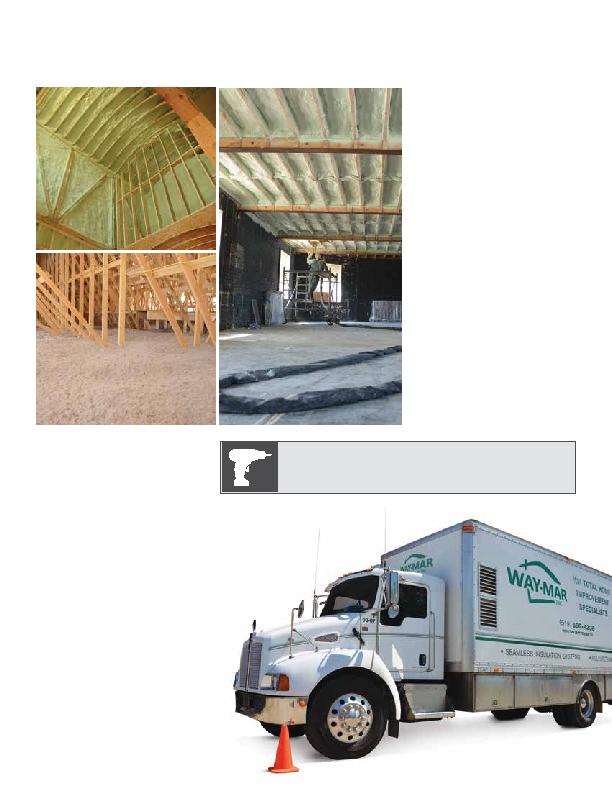
and hassle in the future.
is applied by blowing the insulation into place.
This installation process assures the insulation
is applied tightly and continuously around
electrical outlets, piping, wiring and duct
work. Cellulose insulation is made mostly
out of recycled paper and is excellent for
floors and ceilings. Due to its light weight
design, it is easily installed as cavity insulation
on flat or pitched roofs or as insulation
sheathing in outside walls. Board stock prevents
the studs and rafters from acting as thermal
bridges therefore preventing the heat and cold
from passing through.
insulation product's ability to reduce the
rate of heat flow at a specific thickness.
Different products have varying R-values
due to the properties of the material
and how it is applied. A higher R-value
indicates a better ability to insulate.
R-value requirements for an application
such as a house attic or basement.
To achieve a specific R-value, the
amount of insulation applied and proper
installation are crucial. For example,
unnecessary gaps creating air space can
significantly reduce the overall R-value
of an application.